-
 Bitcoin
Bitcoin $115000
0.12% -
 Ethereum
Ethereum $3701
4.50% -
 XRP
XRP $3.081
2.99% -
 Tether USDt
Tether USDt $0.0000
-0.01% -
 BNB
BNB $767.9
1.45% -
 Solana
Solana $169.5
3.13% -
 USDC
USDC $0.9999
0.01% -
 Dogecoin
Dogecoin $0.2106
4.30% -
 TRON
TRON $0.3334
1.62% -
 Cardano
Cardano $0.7564
2.54% -
 Stellar
Stellar $0.4165
0.76% -
 Hyperliquid
Hyperliquid $38.75
0.25% -
 Sui
Sui $3.593
3.00% -
 Chainlink
Chainlink $17.08
3.59% -
 Bitcoin Cash
Bitcoin Cash $573.6
4.35% -
 Hedera
Hedera $0.2508
-0.84% -
 Avalanche
Avalanche $23.07
6.46% -
 Ethena USDe
Ethena USDe $1.001
-0.02% -
 Litecoin
Litecoin $120.8
8.17% -
 UNUS SED LEO
UNUS SED LEO $8.943
-0.32% -
 Toncoin
Toncoin $3.400
-5.60% -
 Shiba Inu
Shiba Inu $0.00001255
1.54% -
 Uniswap
Uniswap $9.908
6.32% -
 Polkadot
Polkadot $3.718
2.10% -
 Monero
Monero $303.0
-0.74% -
 Dai
Dai $0.9999
-0.02% -
 Bitget Token
Bitget Token $4.392
0.91% -
 Cronos
Cronos $0.1403
6.31% -
 Pepe
Pepe $0.00001076
1.13% -
 Aave
Aave $267.2
1.80%
What is the difference between USD and USDT?
USD, a fiat currency backed by the US government, contrasts with USDT, a centralized stablecoin pegged to the dollar but lacking the same governmental backing and facing regulatory uncertainty. This difference in structure and oversight leads to varying levels of risk and stability.
Mar 16, 2025 at 04:10 am
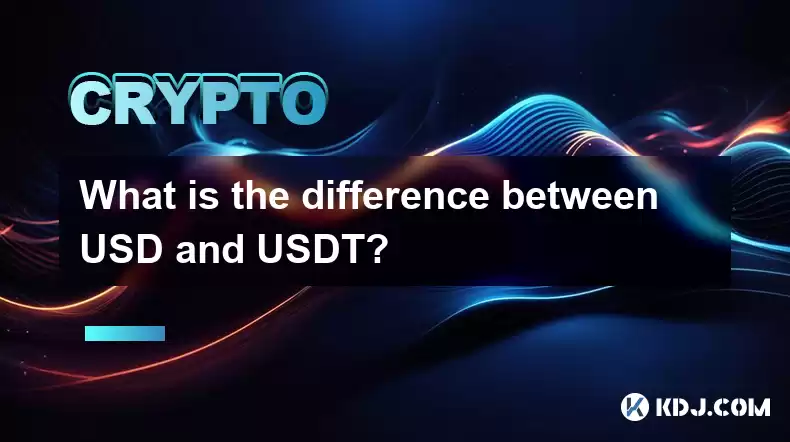
Key Points:
- USD is a fiat currency: The US dollar, issued and regulated by the US government. It's a legal tender with intrinsic value backed by the US economy.
- USDT is a stablecoin: A cryptocurrency pegged to the US dollar, aiming to maintain a 1:1 ratio. Its value is theoretically tied to USD reserves held by its issuer, Tether.
- Centralization vs. Decentralization: USD is centrally controlled, while USDT operates on a blockchain but is issued by a centralized entity. This introduces different levels of trust and risk.
- Accessibility and Transaction Speed: USD transactions are generally faster within the traditional banking system, while USDT transactions leverage blockchain technology, offering potential for faster cross-border transfers but subject to network congestion.
- Regulation and Volatility: USD is heavily regulated, while USDT's regulation is still evolving and faces scrutiny regarding its reserves. USD is less volatile than USDT, although USDT aims for price stability.
What is the difference between USD and USDT?
The core difference lies in their nature: USD is a fiat currency, while USDT is a cryptocurrency. The US dollar (USD) is a sovereign currency issued and regulated by the United States government. Its value is determined by various economic factors, including supply and demand, government policies, and international trade. Its acceptance is widespread, making it a global reserve currency. Transactions occur through traditional banking systems and payment processors.
USDT, on the other hand, is a stablecoin, a type of cryptocurrency designed to maintain a stable value relative to another asset – in this case, the US dollar. It aims to always be worth $1. However, this stability isn't guaranteed, and it's crucial to understand that its value is not inherently backed by the US government or any central bank.
The crucial difference lies in the backing. The USD is backed by the full faith and credit of the United States government and the strength of the US economy. USDT, issued by Tether, claims to be backed by reserves, but the exact nature and composition of these reserves have been a subject of ongoing debate and scrutiny. Transparency regarding these reserves is a major concern within the cryptocurrency community.
Another key distinction is the level of centralization. The USD is centrally controlled by the Federal Reserve, allowing for monetary policy adjustments and regulation. USDT, while operating on a blockchain (typically the Omni or Ethereum blockchain), is issued and managed by a centralized company, Tether. This centralized nature introduces a single point of failure and raises concerns about potential manipulation or mismanagement.
Accessibility and Transaction Speeds:
Accessing USD is relatively straightforward through traditional banking channels. Opening a bank account, receiving a paycheck, or using credit cards are common methods. Transactions are generally fast within the established banking infrastructure, although international transfers can take time.
Accessing and using USDT requires a cryptocurrency exchange account. You'll need to buy USDT using fiat currency (like USD) and then store it in a digital wallet. Transactions are processed on the blockchain, which can be faster than traditional international bank transfers, but they are also subject to network congestion and transaction fees. The speed of the transaction depends on the chosen blockchain and network conditions.
Regulation and Volatility:
USD is subject to extensive regulation by the US government and international financial institutions. This regulatory framework aims to maintain stability and prevent fraud. While the USD's value fluctuates, these fluctuations are generally less dramatic than those seen in the cryptocurrency market.
USDT, as a cryptocurrency, faces a constantly evolving regulatory landscape. Its regulatory status varies significantly across different jurisdictions. Concerns about its reserves and the potential for manipulation have led to increased scrutiny from regulators worldwide. USDT's price, while designed to be stable, has experienced periods of deviation from its $1 peg, highlighting its inherent volatility compared to the USD. This volatility is a significant risk for users.
Common Questions:
Q: Is USDT a good substitute for USD?
A: No, not necessarily. While USDT aims to mirror the USD's value, it lacks the inherent stability and backing of a sovereign currency. Its centralized nature and regulatory uncertainty present risks that are absent with USD.
Q: Can I use USDT everywhere I can use USD?
A: No. Many merchants and businesses do not accept cryptocurrencies like USDT. USD's widespread acceptance as legal tender gives it far broader usability.
Q: Is USDT safer than USD?
A: The safety of both depends on different factors. USD is protected by government regulation and the strength of the US economy. USDT's safety depends on Tether's management and the integrity of its reserves. Both have risks associated with them, but these risks are of a different nature.
Q: Are there other stablecoins besides USDT?
A: Yes, many other stablecoins exist, each with its own backing mechanism and associated risks. Examples include USDC, DAI, and BUSD. It's essential to research each stablecoin before using it.
Q: What are the risks associated with investing in USDT?
A: The primary risks include the possibility of de-pegging from the US dollar, regulatory uncertainty, counterparty risk (risk associated with Tether's solvency), and potential for manipulation.
Q: How is USDT different from other cryptocurrencies like Bitcoin?
A: Unlike Bitcoin and other cryptocurrencies, USDT aims for price stability relative to the US dollar. Bitcoin's value is highly volatile, influenced by market sentiment and speculation. USDT aims to minimize this volatility, though it doesn't always succeed.
Disclaimer:info@kdj.com
The information provided is not trading advice. kdj.com does not assume any responsibility for any investments made based on the information provided in this article. Cryptocurrencies are highly volatile and it is highly recommended that you invest with caution after thorough research!
If you believe that the content used on this website infringes your copyright, please contact us immediately (info@kdj.com) and we will delete it promptly.
- Bitcoin, Fed Rate Cut, and Crypto Stocks: A New Yorker's Take
- 2025-08-05 14:50:12
- Police, Cryptocurrency, Bitcoin Windfall: Unexpected Gains and Cautionary Tales
- 2025-08-05 15:30:12
- MAGACOIN: The Next Shiba Inu ROI? A Crypto Presale Deep Dive
- 2025-08-05 15:30:12
- Bitcoin, Kiyosaki, and the August Curse: Will History Repeat?
- 2025-08-05 14:50:12
- Crypto Airdrops: Your August 2025 Guide to Free Tokens & Opportunities
- 2025-08-05 13:45:13
- Luxury Dining Reimagined: St. Regis Singapore & Marriott's Culinary Celebration
- 2025-08-05 13:45:13
Related knowledge
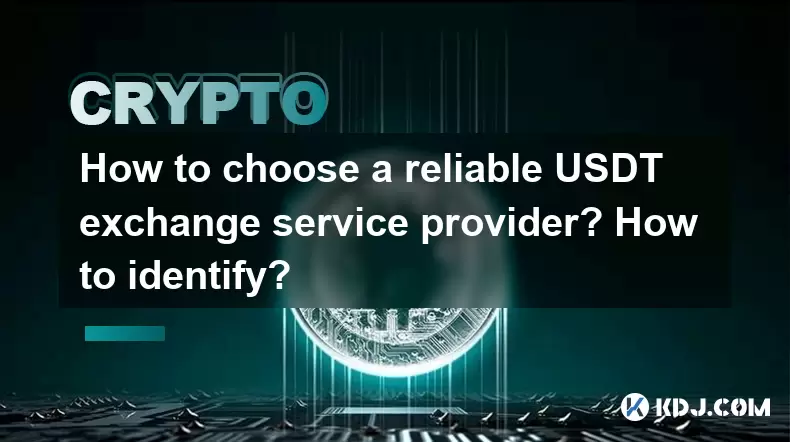
How to choose a reliable USDT exchange service provider? How to identify?
Jun 12,2025 at 03:15pm
Understanding the Role of USDT in Cryptocurrency TradingUSDT (Tether) is one of the most widely used stablecoins in the cryptocurrency market. It is d...
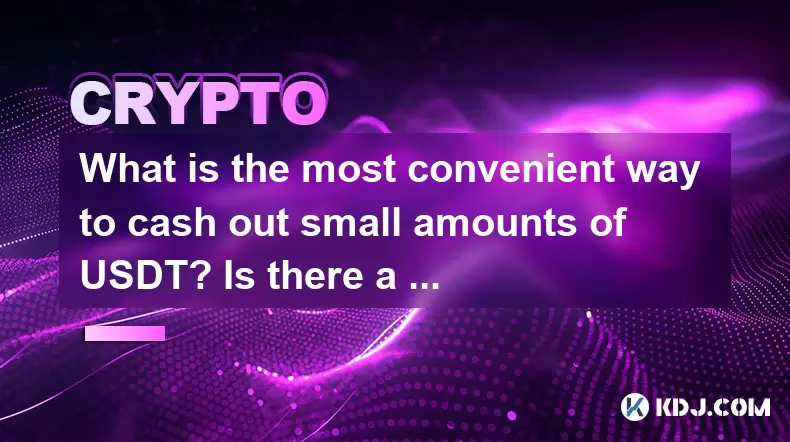
What is the most convenient way to cash out small amounts of USDT? Is there a shortcut?
Jun 11,2025 at 11:00pm
Understanding the Need to Cash Out Small USDT AmountsCashing out small amounts of USDT can be a challenge for many crypto users. Traditional methods o...
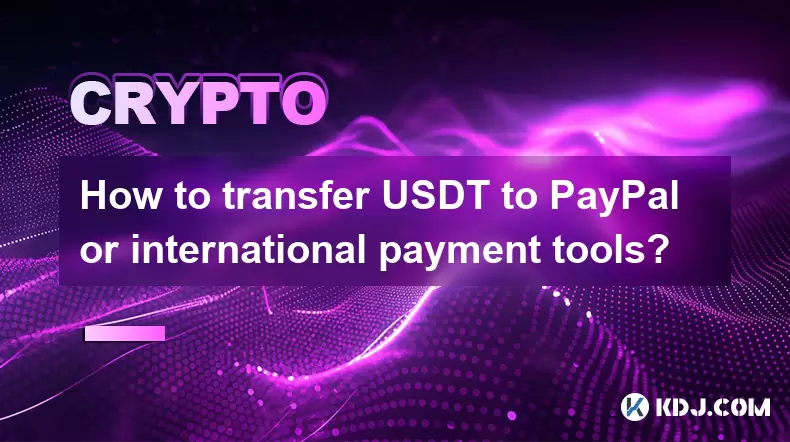
How to transfer USDT to PayPal or international payment tools?
Jun 15,2025 at 05:28am
Understanding the Basics of USDT and PayPal IntegrationUSDT (Tether) is a stablecoin pegged to the US dollar, offering blockchain-based value transfer...
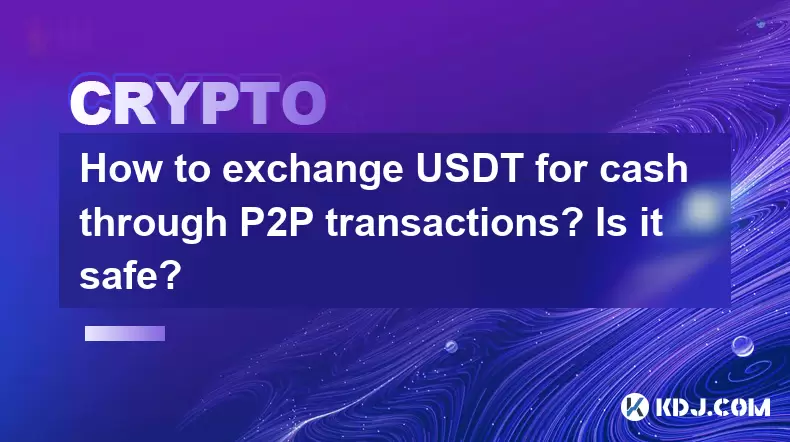
How to exchange USDT for cash through P2P transactions? Is it safe?
Jun 18,2025 at 07:56am
Understanding USDT and P2P TransactionsTether (USDT) is a stablecoin pegged to the value of the US dollar, making it a popular choice for users who wa...
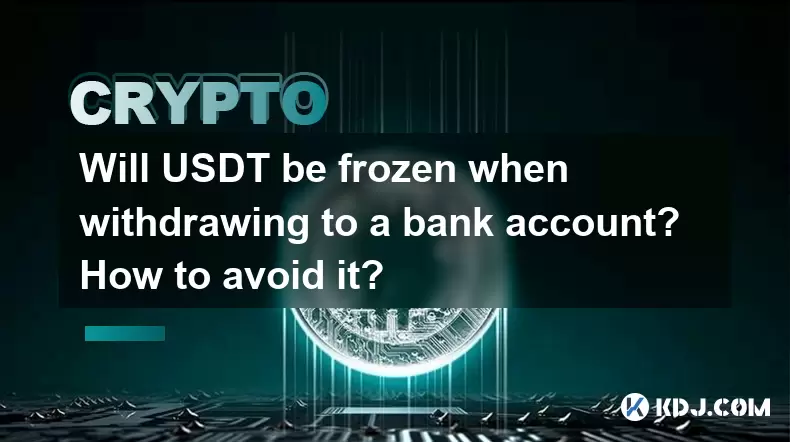
Will USDT be frozen when withdrawing to a bank account? How to avoid it?
Jun 15,2025 at 10:03am
Understanding USDT Withdrawals and Bank Account Freezing RisksWhen users decide to withdraw USDT (Tether) to a bank account, one of the most common co...
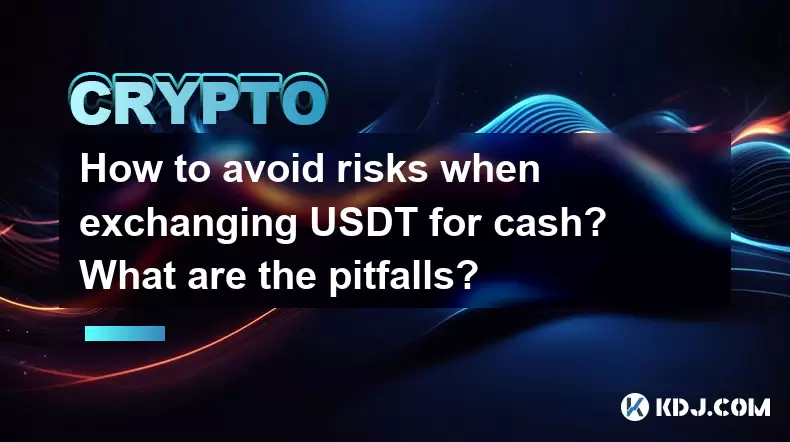
How to avoid risks when exchanging USDT for cash? What are the pitfalls?
Jun 11,2025 at 08:14pm
Understanding the Risks of Exchanging USDT for CashWhen exchanging USDT (Tether) for cash, users must be aware of the potential risks involved. As a s...

How to choose a reliable USDT exchange service provider? How to identify?
Jun 12,2025 at 03:15pm
Understanding the Role of USDT in Cryptocurrency TradingUSDT (Tether) is one of the most widely used stablecoins in the cryptocurrency market. It is d...

What is the most convenient way to cash out small amounts of USDT? Is there a shortcut?
Jun 11,2025 at 11:00pm
Understanding the Need to Cash Out Small USDT AmountsCashing out small amounts of USDT can be a challenge for many crypto users. Traditional methods o...

How to transfer USDT to PayPal or international payment tools?
Jun 15,2025 at 05:28am
Understanding the Basics of USDT and PayPal IntegrationUSDT (Tether) is a stablecoin pegged to the US dollar, offering blockchain-based value transfer...

How to exchange USDT for cash through P2P transactions? Is it safe?
Jun 18,2025 at 07:56am
Understanding USDT and P2P TransactionsTether (USDT) is a stablecoin pegged to the value of the US dollar, making it a popular choice for users who wa...

Will USDT be frozen when withdrawing to a bank account? How to avoid it?
Jun 15,2025 at 10:03am
Understanding USDT Withdrawals and Bank Account Freezing RisksWhen users decide to withdraw USDT (Tether) to a bank account, one of the most common co...

How to avoid risks when exchanging USDT for cash? What are the pitfalls?
Jun 11,2025 at 08:14pm
Understanding the Risks of Exchanging USDT for CashWhen exchanging USDT (Tether) for cash, users must be aware of the potential risks involved. As a s...
See all articles

























































































